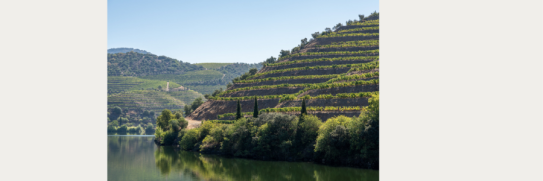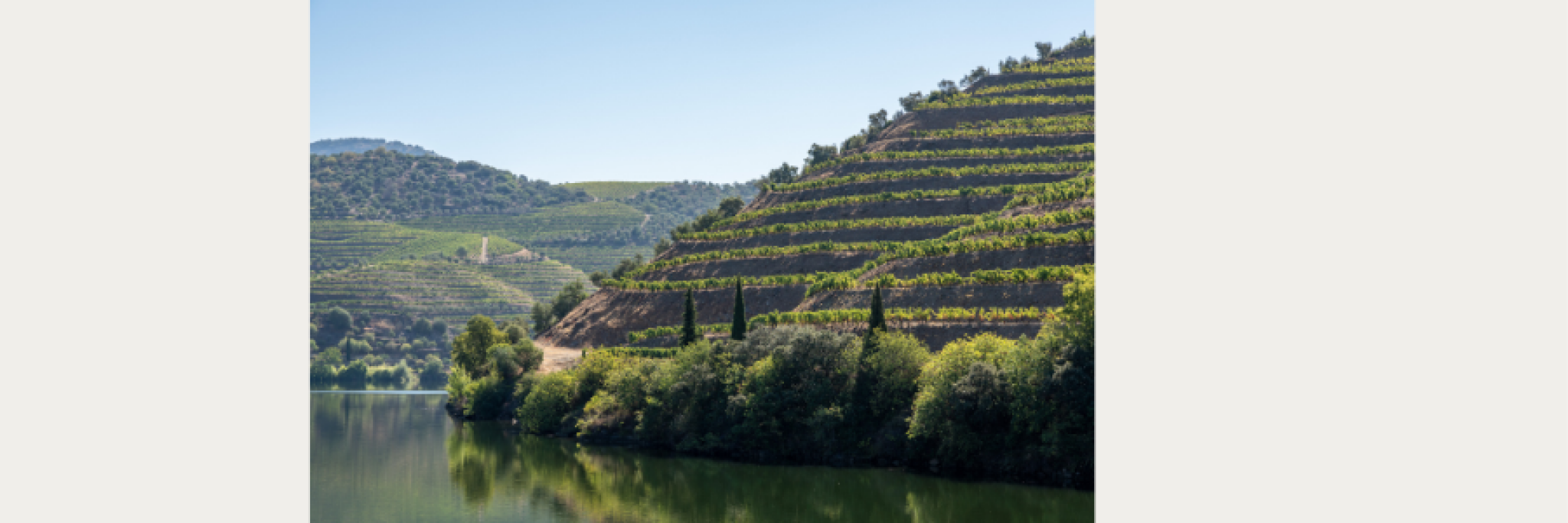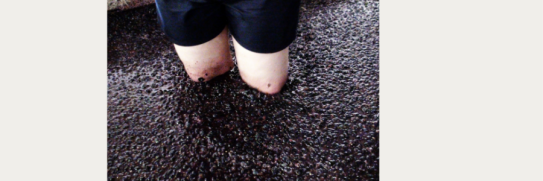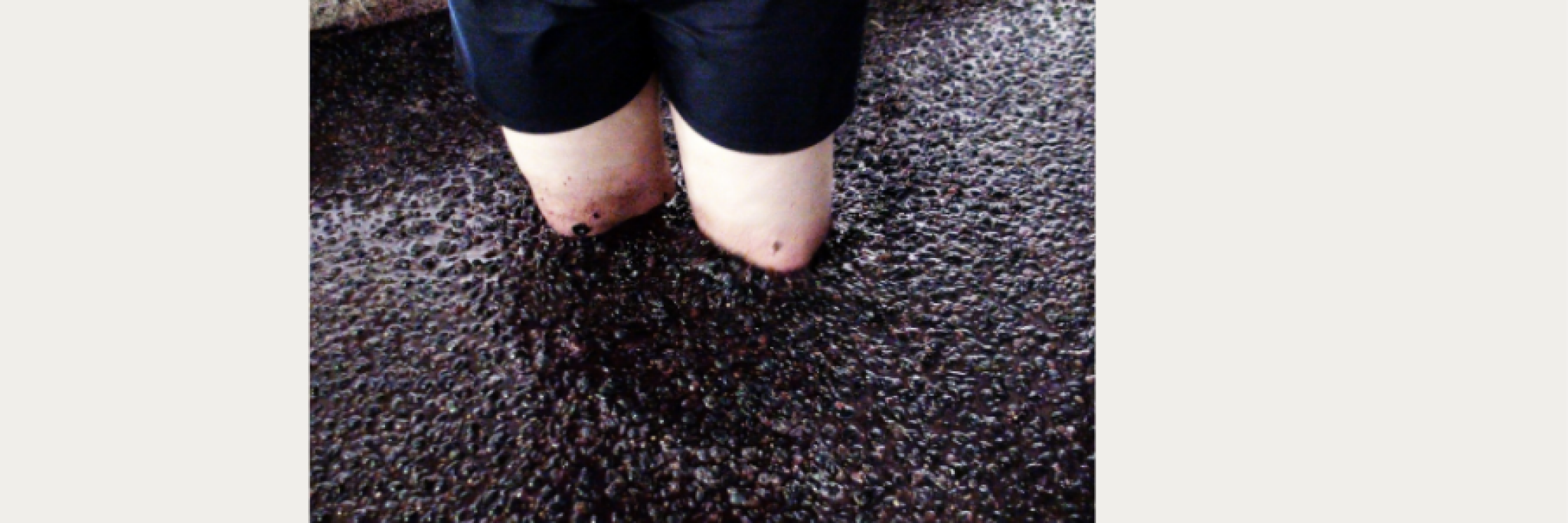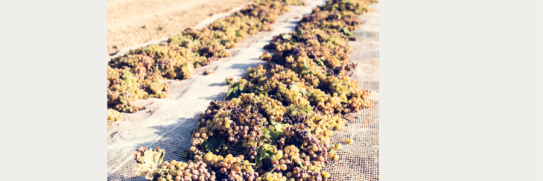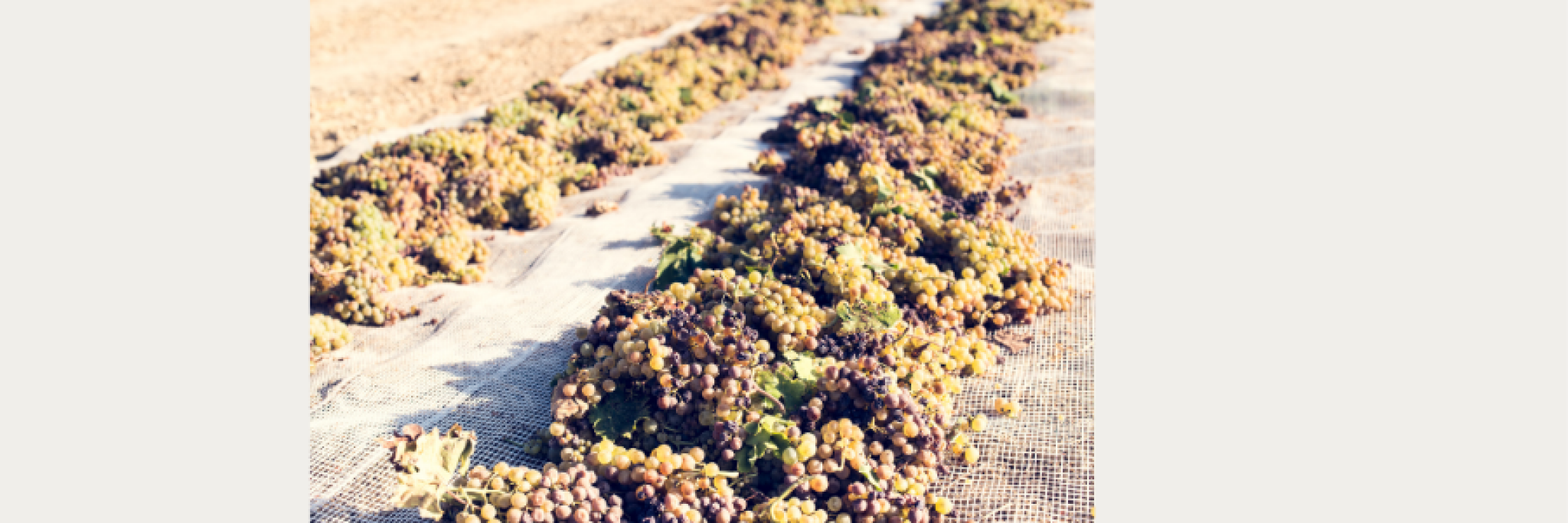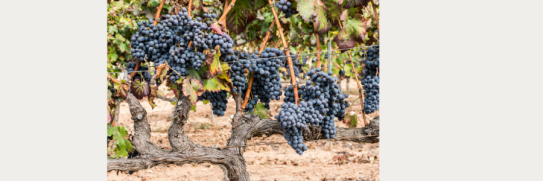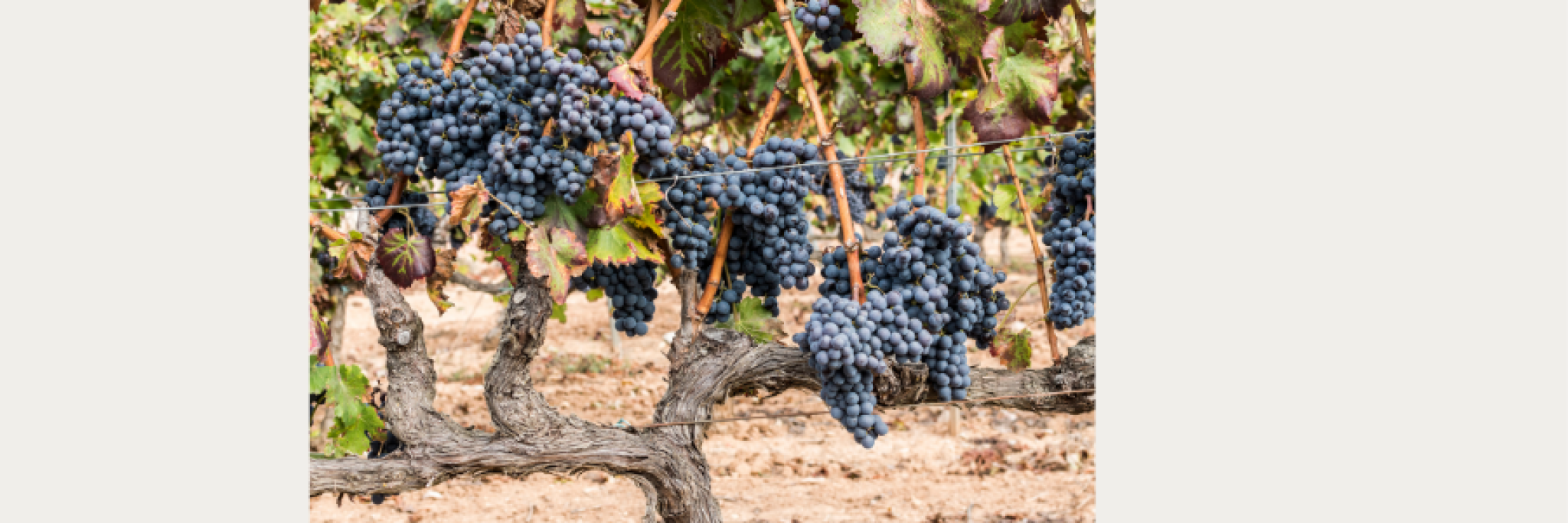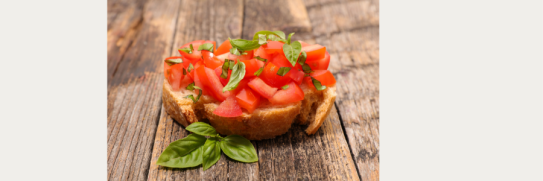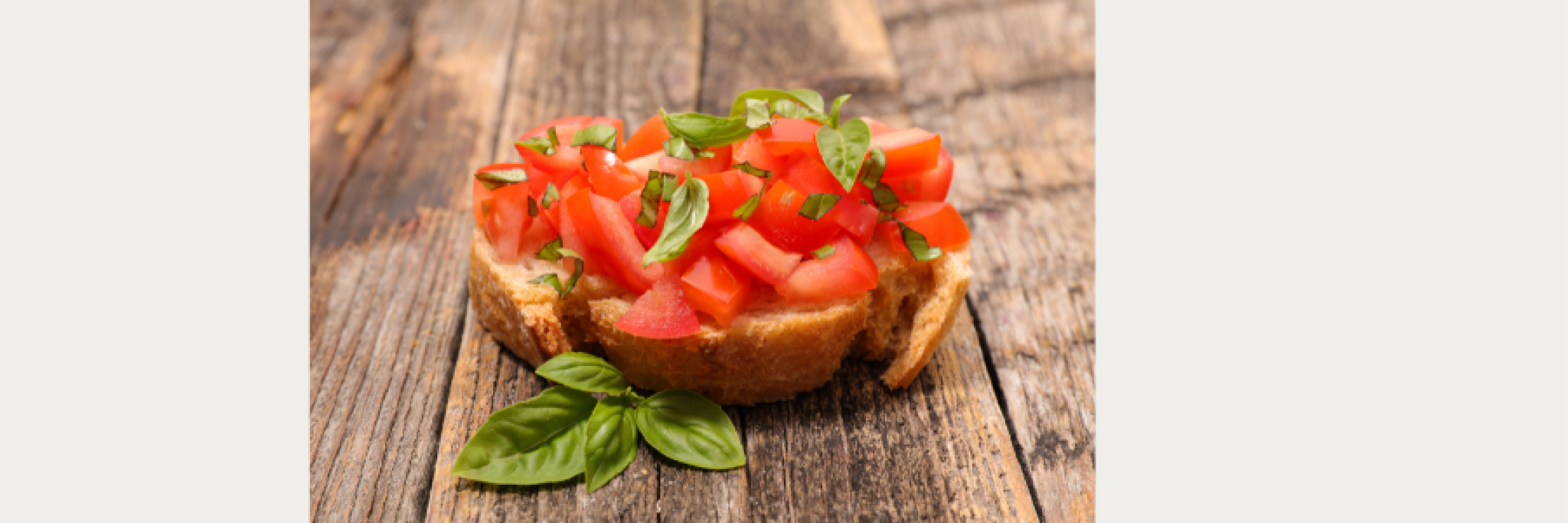As we move into the cooler Autumn days and nights we tend to migrate towards more comforting food and drink – so I thought it timely to look at a category and style which fits exactly into the season and in onto winter – Fortified Wines.
One of the many great things about these wines is they have an amazing range of styles, a smörgåsbord of aromas and flavours, and above all offer excellent value for money – a little goes a long way and they last very well so ullage levels are low you can drink them over several days and occasions.
PETER GRAHAM WINES PORT & SHERRIES
Fortified Wine – The Thinking & Processes
As the name maybe implies “fortification” simply means strengthening (as with a castle or battle defences) a wine through the addition of extra alcohol, usually in the form of grape brandy. Historically this practice may have come about as a means of preserving a table wine when being shipped over long distances and maybe in warm conditions. Around for centuries, these wines remain as iconic today as ever in their history. They have drifted in and out of fashion, but I would implore you to find a place in your wine drinking regime to try these – few wine categories can deliver such hedonistic experiences.
However, the addition of a high strength spirit to a wine gives the winemaker the potential to extend the aging process as alcohol is itself a preserving agent. Fortified wines can range from bone dry, to medium, to lusciously sweet. And if you want to make a sweet wine the process is straightforward.
So, what happens if a winemaker deliberately adds high strength spirit (by that at 90%+ by volume alcohol!) to a fermenting wine, which say has already reached 6-7% by volume (ie ½ way towards being a finished dry wine), with the yeast feeding voraciously on the remaining sugar left in the juice? Such is the shock to the yeast with this bludgeoning and toxic level of alcohol that they are killed outright. But if they have not feed on all the sugar in the juice the wine is not only significantly higher in alcohol (up to 21% by volume in port for example) but also sweet! And quite simply this is how Port wine is made – and of course it is also red in colour because the grapes used are black.
Port
Port is made in the hot, rugged Douro region of Portugal and always is a blend of indigenous Portuguese grapes, led by the superb Touriga Nacional variety. After fortification, the finished port wine can be aged in several ways and styles subject to its vineyard origins and quality desired. Most everyday drinking ports are a blend of years and bottled young and ready for immediate consumption – these are often referred to as “Ruby” Port after their young vibrant colour. A diversification in this category is the superior “Late Bottled Vintage” style which, as the name infers, is from a single vintage year and superior graded vineyards sources. This is aged in cask from 4-6 years before bottling and ready for consumption.
Traditional Foot Treading – Port production – still used in a few Quintas (farms) and for certain special wines
A complete contrast to this style, are the immaculate Reserve Tawnies, which spend most of their aging time in large old casks (sometimes called Pipes in the Douro). Through this extended, gently oxidative, handling these ports acquire their lovely Tawny colour (hence the name) and develop wonderful toffee, nutty and crème caramel notes. Usually, a blend of years a Reserve Tawny Port must be a minimum of 7 years old by law (6 years in cask), although the vast majority are aged and bottled after extended periods – usually 10,20,30,40 years average age – becoming even more tawny in colour and refined in flavour. You can get a vintage (single year) Reserve Tawny – called “Colheita” - and these will always tell you the year of bottling so you can see how many years it spent in cask. These ports are best served chilled.
Probably the most famous “name” in Port is the Vintage (proper) style. These wines are only made in exceptional years of perfect growing conditions and from the top A grade vineyards (or Quintas (farms) which they are referred to in the Douro). Vineyards are graded – rather unromantically – from A (the best) to F. By law, these wines are bottled within two years in cask and always unfiltered hence why over time the famous Vintage Port sediment is formed which must be decanted prior to serving in the glass. As aging takes place in the bottle (away from any oxygen) the process is slow and complex – resulting in the most wonderfully rich and intense port style of all – and often taking 20-30 years to reach full maturity. No wonder it was the gift to buy for a child’s 21stbirthday! And therefore, you must always decant Vintage Port prior to serving, to separate out the clear wine from the heavy lees sediment that forms over time.
And there is also a White Port made which makes an excellent base for a long drink – please see later.
A cracking, all round, Port is Graham’s Six Grapes – in my view as good a ruby from the big houses as any in the market. Ticks all the boxes for smooth, easy drinking with bright plum and liqueur cherry fruit. And a great base for mixing in cocktails!
https://petergrahamwines.com/p/grahams-six-grapes-port
Sherry
The other very traditional and famous fortified wine - this time from the area of Jerez (pronounced “Hair-reth”) in Spain which was the origin of the derivate of the English name “Sherry”. All Sherry is made to begin with by fermenting out to completely dry and then fortifying that dry wine.
And please put away any stereotypes about Sherry – it was not the drink of grannies and dipsos from previous generations and has been unfairly and wrongly tarnished.
Sherry is made in three main styles – Fino/Manzanilla, Amontillado and Oloroso. Most sherries are made from the Palominogrape, although there is another grape – Pedro Ximénez – which can also be used in blends or on its own (more to follow). All true sherry is made as a bone-dry drink, so fortification always takes places after fermentation has been completed by the yeast. All sherry is also cask aged and has some of the most complex blending programmes between casks of any wine in the world. And behind the production of Fino/Manzanilla and Amontillado lies one of the wonders of nature and winemaking – a post fermentation natural yeast called Flor.
After the base sherry wine has been made and fortified (to about 15.5% abv, so lower than port for example) they are put into large old oak casks – called butts – and an air space is deliberately left above the wine (please see picture). This dark and humid environment encourages the natural formation of the Flor yeast which covers the wine like a duvet. Two important things then happen – first this blanket protects the wine from oxidation. Second, the yeast starts to feed on the wine and subtlety changes its character imparting notes of dough, camomile, and green olive. This process takes at least 5 years and it’s enhanced by careful and skilful cross blending between casks. When the yeast eventually dies most of the wines are then bottled and labelled as Fino. A Manzanilla is also a Fino but is made in the neighbouring town of Sanlucar de Barrameda, which being nearer the coast is said to be more humid and imparts a stronger Flor character as result.
There is though another aging option open to the producer. Rather than bottle the Fino they can age it further in cask to create an amber, piquant style of sherry – called Amontillado. The extra processes for this wine also include refortifying (to around 17.5%) and filling the cask back up to the top – before aging for anything from another 5 to 20 years! However, this act of nature (flor) occasionally does not happen in odd casks and these are immediately refortified (to around 18%), fully topped up and then aged extensively for anything from 8 to 20+ years. These sherries are classified as Olorosos – and develop into a tangy and nutty style.
Whilst all sherries are made in a dry style there is the option to sweeten them at the point of bottling. Traditionally done for the UK market, the Pedro Ximénez grape (now often abbreviated and referred to as “PX”) was sun dried to raisin, then partly fermented to make a rich and sweet wine, then used as a sweetening component in the final medium dry or sweet (Cream) sherry. In recent times Pedro Ximénez became a star in its own right- and bottled on its own solely as a sweet, dessert style sherry – fashionably poured on vanilla ice cream as a pudding option.
Pedro Ximénez grapes drying in the sun to concentrate the sugars
Do try the classic dry Fino Sherry style – green olives, camomile, and citrus zest - great aperitif with olives, nuts, and general canapés – and terrific with Tapas style snacks especially Calamari and anchovies. Please try the new listing Cesar Florido Fino – available in a dinky half bottle (37.5cl) which is ideal for pouring by the glass as well as offering by the ½ bottle
https://petergrahamwines.com/p/half-cesar-florido-fino
Serve chilled – you can enjoy over a period of a week in kept in the fridge and under vacuvin.
Or try the hedonistic, liquid caramel style sweet sherry Pedro Ximé– and yes pour it over your vanilla ice cream it really does work! Otherwise, any rich puddings including chocolate. Try the Fernando de Castilla PX which has all the classic raisins, dried fruits and liquid caramel flavours
https://petergrahamwines.com/p/classic-pedro-ximenez
Serve very well chilled from the fridge – you can enjoy over a period of two or three weeks in kept in the fridge
Other Famous Fortified Wines
The Iberian range and tradition of fortified wine extends to another classic – Madeira.
Madeira is made on the volcanic (soil) island off the coast of Africa. The styles are built around 5 main grapes varieties – Tinta Negra (which is the most widely planted and makes very good entry level wines) and then the four “noble” grapes: Sercial (making the driest style, but still with some residual sugar), then – in increasing levels of sweetness – Verdelho, Bual and Malvasia (aka Malmsey). Each of these fortified styles goes through a unique treatment process where the wines are gently heated (either though a hot water pipe system – estufagem - or aged in cask in hot lofts or directly in the sun - canteiro). This creates the most amazing and tangy caramelised, burnt sugar notes which blend perfectly with the citrusy and peel fruit flavours of the different grapes.
– nicely sweet and tangy – alternative to port for cheese and superb with any cakes and especially a ground almond-based orange tort.
Store in the fridge and can drink over many weeks.
Other famous fortified – Muscats & Grenache based
The other European country to make stand out fortified wines is France – especially in the Languedoc-Roussillon and Southern Rhône regions. And quite often the lead grape is Muscat. Famous examples include Rivesaltes (Roussillon) and Beaumes de Venise (Rhône). These wines are made like port in that the fermentation is stopped by the addition of high strength brandy to preserve unfermented natural grape sugars and make a sweet wine. Not as alcoholic though as port and not cask aged either this is all about bottling and trapping the exuberant and full throttle fruity aromas and flavours – exotic and quite tropical with notes of lychee and rosewater.
The other world class Muscat is found in Australia in the Victorian town and region of Rutherglen. Here the wines are made initially like the French examples but then go through a long and measured oxidative aging and blending programme in old oak casks. This produces a much darker and richer style (and sweeter, partly due the level of water evaporation from the casks over time). These really are the richest and most exotic examples of Muscat in the world – no wonder they are referred to as “Liqueur” Muscat in the region.
Returning to France a final twist in the tale is that in the Languedoc-Roussillon and Southern Rhône regions they also produce red fortified wines – this time from the Grenache grape. Not as alcoholic as port they are made in the same (arrested ferment) way but are then these days usually bottled quite early, with no oak and are ready for immediate drinking. One of the best from southern France is from the Banyuls region right by the sea on the Spanish border. These are a lovely style with luxuriant compote red fruit flavours and hint of liquorice spice.
Two lovely and contrasting sweet examples from the south of France. The Rivesaltes Château Lauriga is made from Grenache Blanc with notes of candied orange, a touch of honey, and subtle spices. The Banyuls Domaine Bila-Haut from M Chapoutier has notes of rich black fruits, cocoa, liquorice, and spice. This wine works well with chocolate!
https://petergrahamwines.com/p/15-riversaltes-chateau-lauriga-ambre-hors
https://petergrahamwines.com/p/15-banyuls-vin-doux-naturel-selection
Again, serve both well chilled and will last easily in the fridge for well over a week
Fortified Wines & Cocktails
A recent and exciting trend has been to use fortified wines as bases for cocktails. The late Sasha Petrasky wrote a very good book on these titled The Seven Best Fortified Wine. A simple but delicious mix is:
- White Port
- Ice
- Fresh Mint Leaves
- Slice of Lemon or Grapefruit Peel
- Mediterranean Tonic
Give it a go and try the excellent Graham’s No. 5 Blend
https://petergrahamwines.com/p/grahams-blend-no5-white-port
Food Matching with Fortified Wines
All fortified wines work well with food – which might come as a surprise. The sweeter fortified wines can also, naturally, be enjoyed as an after-dinner drink. Dry Fino sherries make excellent aperitifs. Options I would recommend are:
Sherry
- Fino/Manzanilla – fantastic with shellfish, bisque soup and lighter tapas eg calamari
- Dry Amontillado/Oloroso – perfect with more robust tapas – eg Ibérico potato croquettes; cured hams eg Ibérico, Serrano, Palma and hard white cheeses such as
- Sweet Sherries (eg PX) – work well with pastries and caramel/toffee dishes – and yes still poured over vanilla ice cream!
Port
- Ruby, LBV and (for a treat) Vintage proper – I know this is as old as the hills, but they all work wonderfully with cheese - especially blue cheeses
- Reserve aged Tawny Ports – these are more delicate and should always be served chilled – yes still an option with cheese, but a pleasant surprise with custard/cream dishes classically Crème Brûlée
Madeira
- Particularly good with mature hard cheeses and cakes/pastries – the richer, sweeter Malmsey (Malvasia) styles also work well with caramelised desserts
Muscat & Grenache styles
- Lighter Muscats (eg French VDNs) work well with fruit and meringue (eg Pavlova) – and more exotic fruits such as mango, lychee, melon, pineapple etc. Work a treat with Bread & Butter pudding
- Liqueur aged Muscats take on and win with chocolate dishes – one of the few that succeed! Also, any preserved/compote style fruit-based puddings, as well as caramelised options (eg stickie toffee pudding)
- Grenache based VDNs can also work with chocolate dishes and caramelised desserts. They are also a nice option with the cheese board if you want something less “spiritous” than port
Service Temperatures
Apart from Ruby and Vintage ports - which are best served at room temperature - all fortified wines should be served from lightly to well chilled. The simple rule is the sweeter and more intense the wine the colder it should be served. Really rich wines such as Australian Liqueur Muscat and Pedro Ximénez Sherry must be served very well chilled.
Room Temperature: Ruby, LBV & Vintage Ports
Serve Cool: Amontillado & Oloroso Sherry; Sercial Madeira
Chilled: all other Fortified wines except …
Well Chilled: Rutherglen Liqueur Muscat & Pedro Ximénez Sherry
Storage and Keeping Qualities
A good number of fortified wines are available in ½ and 50cl sized bottles which is a great purchase measure and the right size for both by the glass and for a table where several people wish to share, where you might want to serve the sweeter styles with pudding and/or cheese. A half bottle will go around 6 people in this instance.
Except for Fino and Manzanilla Sherry all fortified wines will keep for a good time once opened – which makes them very economical in the longer run. The Fino style sherries need to be drunk within a week of opening, and I would always recommend vacu-vin the bottle and replace in the fridge for storage.
With the sweeter styles you would not want to drink a lot of them anyway in one go. All these styles can be stored in the fridge for at least a couple of weeks without any concern.
All styles of Madeira, due to their production process, will last for many weeks on opening.
Most Ports will comfortably last a week once opened – just make sure they are kept cool and away from light once opened. Always decant Vintage Port proper – I always use a muslin sheet in a funnel, so you have no worries about any sediment getting into the decanter.
I do passionately recommend fortified wines – they are world classics and make for a wonderful change and option – especially at the beginning or end of a meal and are deceptively fine value for money. And this is the perfect time of the year to enjoy.

